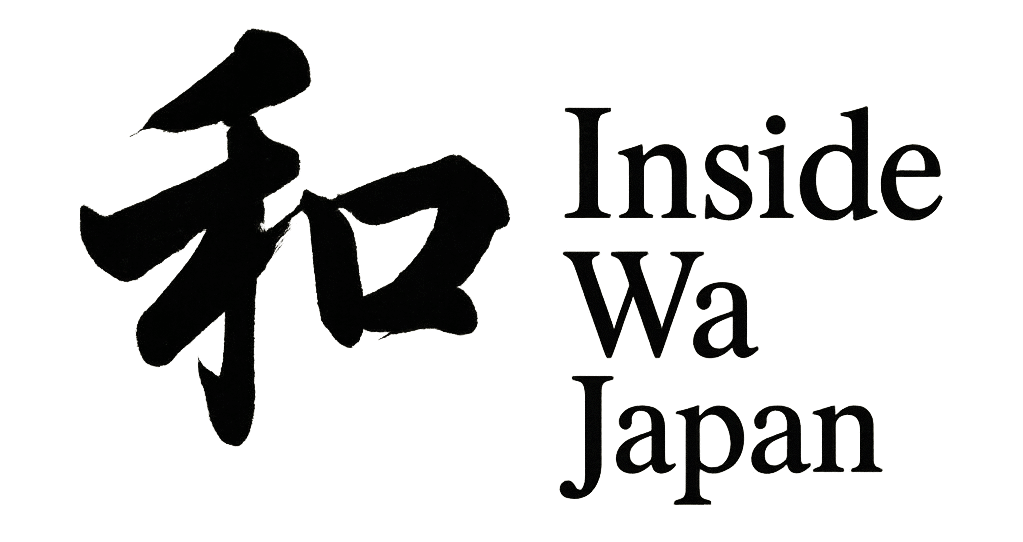🍽️ Table Manners in Japan
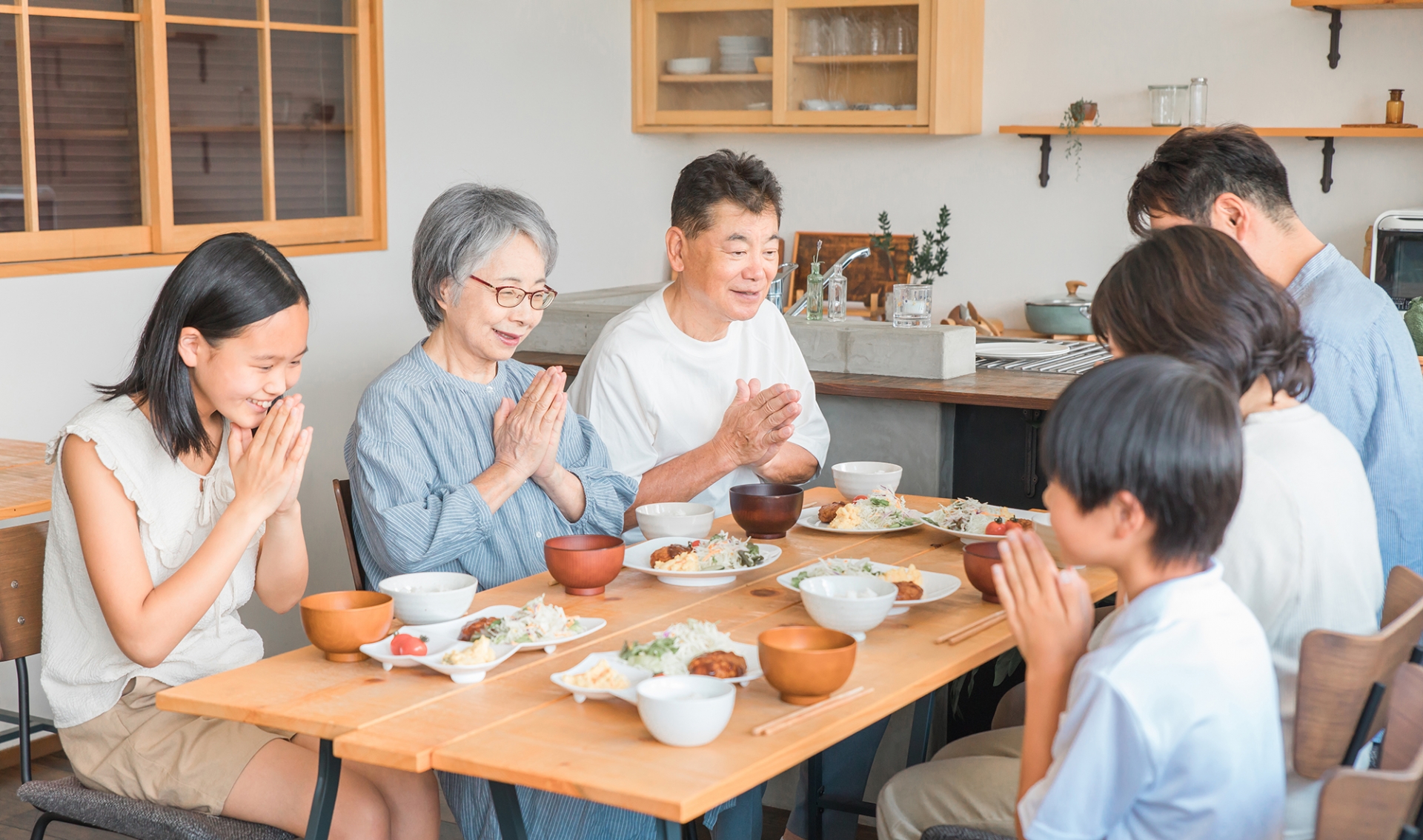
In Japan, eating is not just about the food – it’s also about gratitude, harmony, and respect. Saying “Itadakimasu” and “Gochisousama” shows appreciation for the meal.
🏮 1. Before You Eat

- Use the wet towel (oshibori) to clean your hands.
- Say “Itadakimasu” before starting the meal.
- Wait until everyone is ready before eating.
🍱 2. While Eating
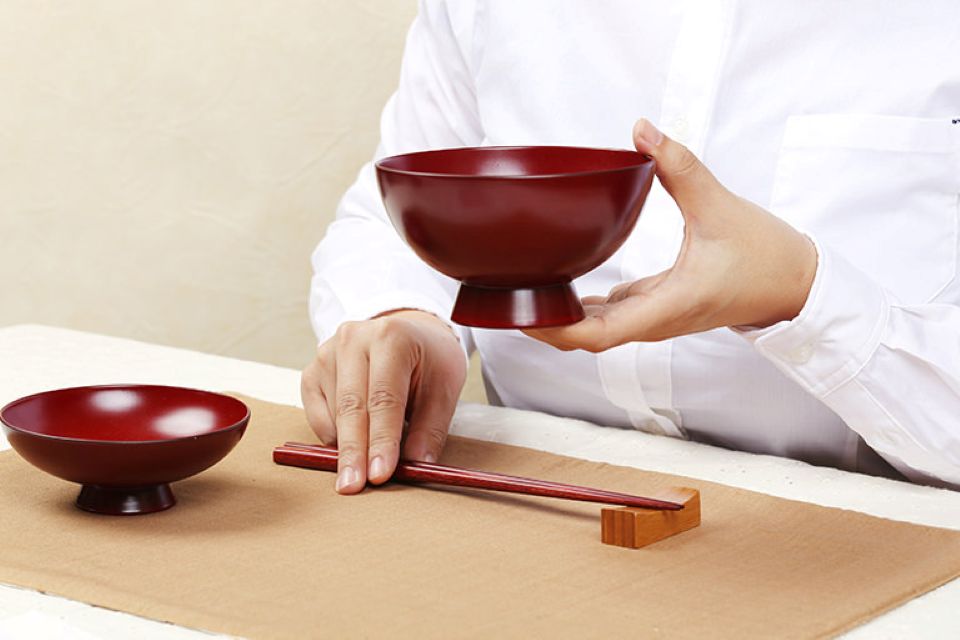
✔ OK: Hold bowls while eating, slurping noodles is acceptable.
❌ Avoid: Leaning too close to plates, talking with food in your mouth, or using your phone while eating.
🥢 3. Chopstick Rules
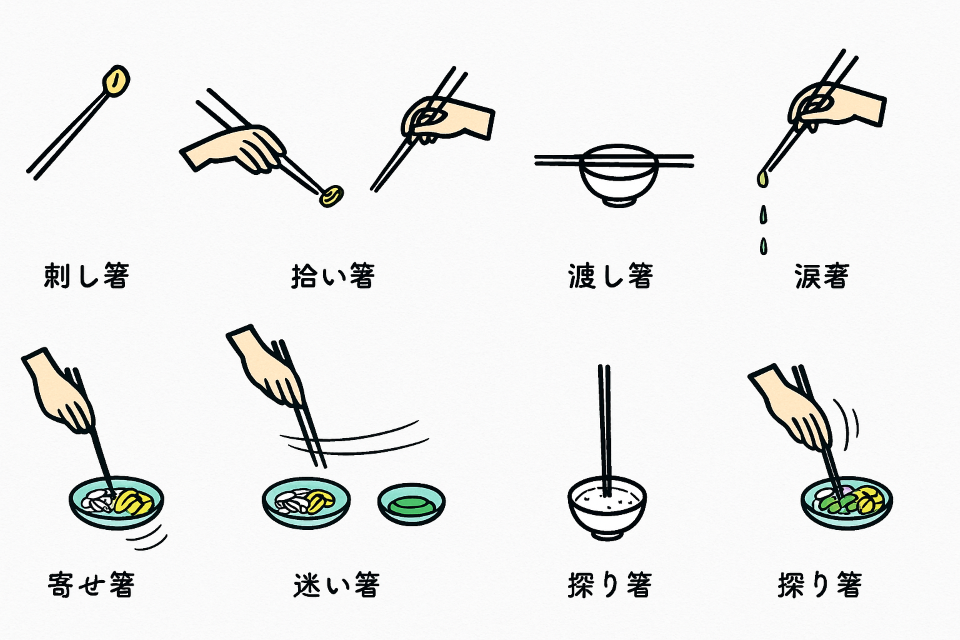
- ❌ Do not stick chopsticks vertically into rice.
- ❌ Do not pass food from chopstick to chopstick.
- ❌ Do not point with chopsticks.
🎌 4. After Eating
- Say “Gochisousama deshita.”
- Try to finish everything on your plate.
- Place your chopsticks neatly across the dish or holder.
🍣 5. In Restaurants
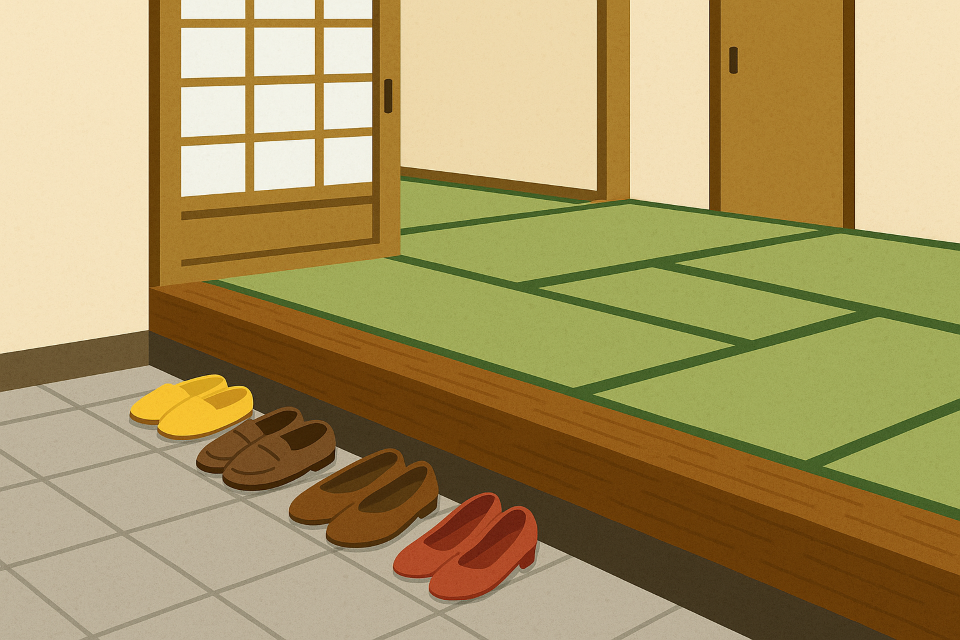
- Call staff with “Sumimasen” (Excuse me).
- No tipping is required in Japan.
- Pay at the register, not at the table.
- Remove shoes when sitting at tatami mats; place them facing out.
🍻 6. Scene-Specific Manners
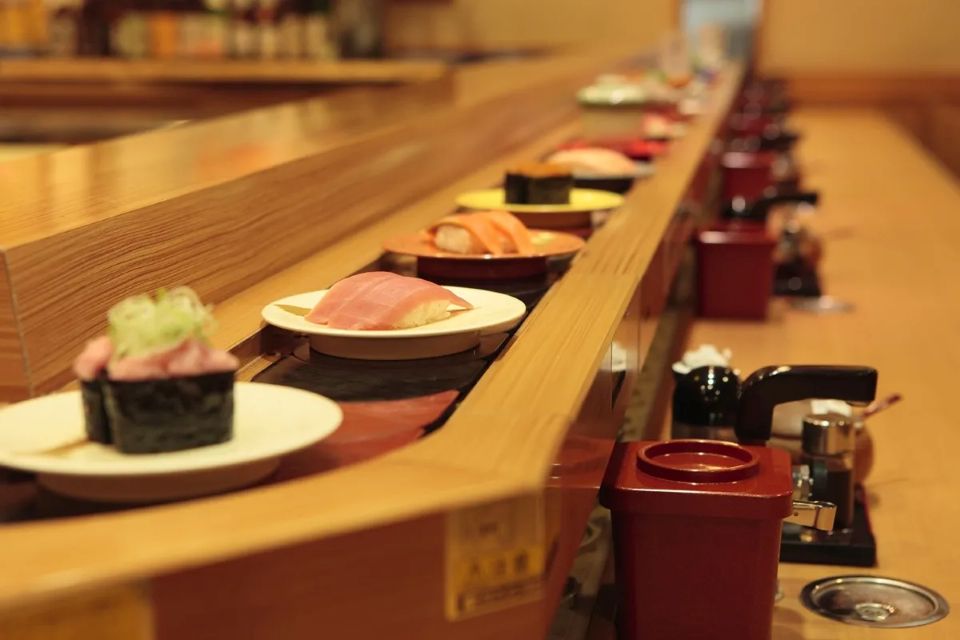
- Conveyor Sushi: Use touch panels; avoid sharing wasabi or pickled ginger.
- Izakaya (pubs): First round is often beer; “otoshi” is a cover-charge dish.
- Set Meal Restaurants: Self-service water; return trays after eating.
💡 7. Traveler Tips
- If unsure, observe others and follow suit.
- Say “I’m full, thank you.” if you can’t finish.
- Ask: “Excuse me, may I get new chopsticks?” if you drop yours.
📌 Summary
Perfect manners are not necessary – but saying “Itadakimasu” with a smile can go a long way. Enjoy your meal with gratitude and respect!
Frequently Asked Questions about Japanese Table Manners
Q1. Is it rude to slurp noodles in Japan?
A: No, slurping noodles—especially ramen or soba—is considered polite and shows appreciation for the food. It's common and widely accepted in Japanese culture.
Q2. Can I use my chopsticks to point at things or pass food?
A: No. Pointing with chopsticks or passing food from chopsticks to chopsticks is considered bad manners, as it resembles funeral customs. Always use the opposite end of your chopsticks or serving utensils.
Q3. Should I say anything before or after eating?
A: Yes. Before eating, say Itadakimasu, which expresses gratitude. After the meal, say Gochisousama deshita, meaning “Thank you for the meal.”
Q4. Is it okay to pour soy sauce directly on rice?
A: In most traditional settings, pouring soy sauce directly on white rice is discouraged. Instead, dip your food into soy sauce separately if needed.
Q5. Where can I learn more about dining etiquette in Japan?
A: For more details, you can refer to this helpful guide from the Japan National Tourism Organization:
👉 JNTO – Japanese Dining Etiquette
